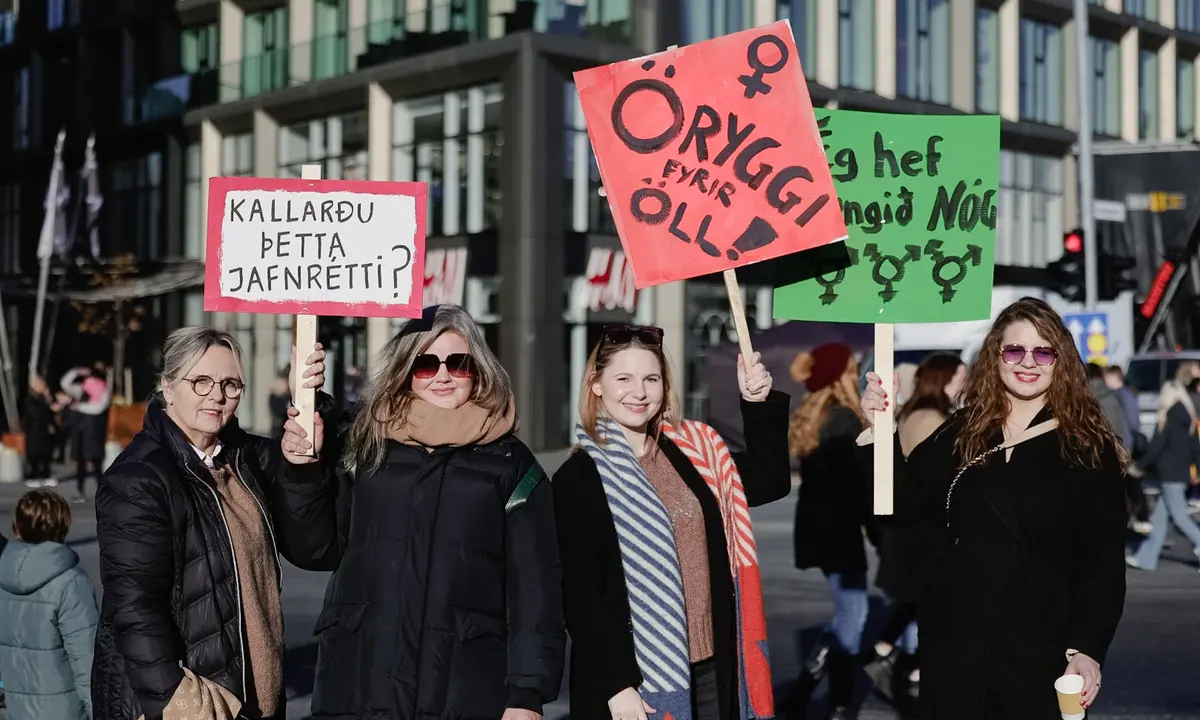Every now and then the thorny issue of the pay gap rears its head. Usually this happens in and around International Women’s Day, celebrated across the world on 8th March.
While this is welcome, for many it can also feel like a bit of a box-ticking exercise, with a periodic light shone on an issue that needs permanent illumination.
Once the obligatory annual tut-tutting over the pay gap has taken place, there can be a sense of a tokenistic “job done” attitude, while we all move on to something else.

This may be changing, however.
In early October, Harvard economist Claudia Goldin was awarded the Nobel Prize in economics for her work examining the gender pay gap.
Goldin is one of only three women to receive the coveted Nobel Memorial Prize in Economic Sciences, with women representing just 2.17% of the prizes awarded in this category.
The figures are slightly higher in other categories such as literature, but even here women only account for 14.28% of Laureates.
Given the gender disparity in the Nobel awards lists themselves, it is even more important to note that Goldin was recognised for her pay gap research.
“This year’s Laureate in the Economic Sciences, Claudia Goldin, provided the first comprehensive account of women’s earnings and labour market participation through the centuries,” said the Royal Swedish Academy of Sciences in a statement.
“Her research reveals the causes of change, as well as the main sources of the remaining gender gap.”
Women surging ahead… and yet
In her research, which focuses on American women, she explains how they are now ahead of men in terms of education, have become more present in the labour force, and yet they still lag behind men in terms of pay, work force participation and in terms of seats at the top tables.
Goldin points out that because of the way work is structured, American jobs disproportionately reward long hours––which penalises women who are more likely to be also engaged in caring activities for children and their families.
As a result of the pandemic, we’ve seen a sea-change in attitudes towards where and how work gets done. Goldin’s research backs this up, and she says that the most glaring gender gaps would diminish if workers simply had more control over their own schedules.
Her research also found that women are paid less than men on average, despite having higher education levels, and that most of this gap appears after women have children.
Action eleswhere
While Claudia Goldin’s research focuses on the experiences of American women, there are other positive signs elsewhere regarding action on pay gaps.
 Pic: The Guardian
Pic: The Guardian
Take recent events in Iceland, for example. While the country is often referred to as a leading light in gender equality, and has come out top in the World Economic Forum’s global gender gap rankings for 14th consecutive years, women and non-binary people here believe more can be done.
“Iceland is often viewed as some sort of equality paradise,” says Freyja Steingrímsdóttir, communications director for BSRB, the Icelandic Federation for Public Workers.
“If we’re going to live up to that name, we need to move forward and really be the best we can be — and we’re not stopping until full gender equality is reached.”
That was the motivation behind the country’s 24-hour strike, which took place on 24th October––the first full-day strike since 1975’s “kvennafrí”, or women’s day off, when 90% of Icelandic women refused to work.
Tens of thousands of women attended the protest march in Reykjavík, along with the country’s prime minister, Katrín Jakobsdóttir.
The aims were multiple, with organisers hoping to draw attention to the ongoing gender pay gap as well as widespread gender-based and sexual violence.
In some professions, Icelandic women earn 21% less than men, and more than 40% of women report gender-based or sexual violence. Ultimately then, women here want results.
These include closing the gender pay gap, by publishing the wages of workers in female-dominant professions. They also want action taken against gender-based and sexual violence.
So what is the situation elsewhere? In the EU, the gender pay gap was 12.7% in 2021, with only a fractional change over the previous decade, meaning that women earn 13% less per hour, on average, than men.
In Ireland, we are doing slightly better, with recent Eurostat figures showing that the latest gender pay gap for Ireland is 11.3%.
According to KPMG, this is a priority area for leaders. Its research has found that “the issues of gender equality and diversity continue to occupy CEOs as they look to strengthen their teams.”
While 77% of CEOs worldwide believe that achieving gender equity on their boards will help achieve growth ambitions, the figure is just 67% in Ireland, meaning that here––and in many other countries––much more work still remains to be done.
Find out more
If you enjoyed what you’ve read above, and would like to get similar work-related content on your own website, plus maximise your revenue, contact us now, or discover more of our trending workforce content below.
- What’s Behind The Rise Of The “Lazy Girl” Job?
- Tech Interview On The Horizon? These Are Things Job Seekers Need To Know In 2023
- Is It The Cost Of Living Crisis, Or Is It Lifestyle Creep?











